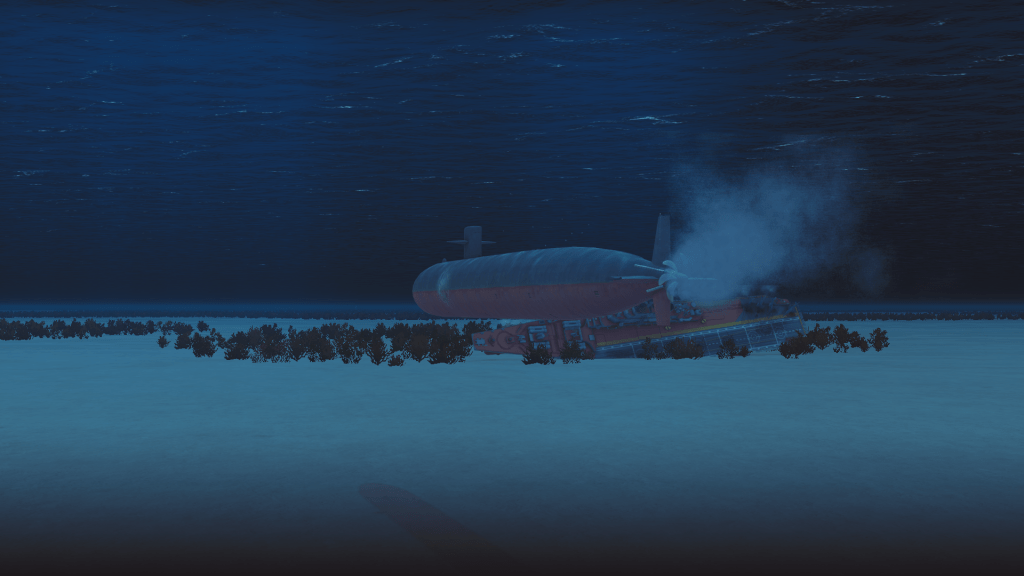
The time: 1100 Lima, 30 December, 1984
The place: Eastern Atlantic Ocean, near the Bay of Biscay
The situation: In an alternate version of 1984, rising tensions between the United States and the Soviet Union have rapidly escalated over a series of incidents, including the shootdown of Korean Air Lines Flight 007 near the Soviet island of Sakhalin and the resulting rise of anti-Communist feeling in the U.S. Fearing that the recently re-relected Ronald Reagan will increase American defense expenditures and confusing a NATO military readiness exercise (Able Archer ’83) for a sudden mobilization of the Western alliance’s naval, air, and land forces, hardliners in the Kremlin urge Premier Konstantin Chernenko to invade West Germany while the balance of power still favors the Union of Soviet Socialist Republics.
In one of many surprise moves, a Soviet invasion force, including a Kiev-class “tactical aviation cruiser,” two 1950s-era gun cruisers (the Sverdlov and the Mikhail Kutuzov), two Sovremenny class destroyers, two Boris Chilikin-class fleet oilers, three Ropucha-class LSTs, and one Alligator-class LST, approached the Britanny peninsula from the west. One IL-38 May ASW patrol plane provided air cover.

At 1100 hours (local time), USS Hyman G. Rickover (SSN-709), a Flight-1 Los Angeles-class attack submarine, detected several surface contacts on her passive sonar. Her skipper, CDR Alex Diaz-Granados, ordered the fire control crew to perform a Target Motion Analysis on the first contact, Sierra One, which was 10,000 yards off the starboard bow and sailing at 11 knots on a heading of 220 degrees.
Sierra One turned out to be a Sovremenny-class destroyer; the Soviet warship had not yet detected the Rickover, so CDR Diaz-Granados waited to see what other contacts would show up on the boat’s sonar before ordering an attack with Mk-48 torpedoes.
Within minutes, the Rickover’s sonar crew announced more and more contacts as the sub closed the distance with the Soviet convoy. But it wasn’t until “Sierra Three,” the third ship picked up by the sub’s BQQ-5 sonar suite’s passive system, was identified as the carrier Kiev (which, for political reasons, is classified as a “tactical aviation cruiser”) that the skipper gave the order, “Fire Tube One at the Sovremenny.”
At 1115, the Sovremenny was hit just aft of her port bow by the Mk.48 ADCAP (advanced capability) torpedo. Her crew had detected the incoming weapon and the destroyer was increasing her velocity to 32 knots, but it was too late. By 1120, the Soviet warship was on fire and sinking by the bow.
For the next 20 minutes, as the Soviet ships either tried to flee or move away from the Rickover’s weapons, chaos reigned on the cold waters of the North Atlantic. The Kiev-class Baku was hit by a Harpoon missile that caused a massive fire amidships and slowed the “baby carrier” to a top speed of 19 knots. Baku fired a torpedo at the U.S. sub, but her weapons officer did not have a good firing solution on his target and the Soviet torpedo missed, never coming close to the Rickover to become a serious threat.

The cruiser Sverdlov, the flagship of this Soviet force, too, was hit by a Harpoon that wrecked her superstructure and killed most of the senior staff, including Admiral Yuri K. Smirnov, the task force commander. Like Baku, Sverdlov was afire and soon was slowed to a crawl; the most that she could do in her condition was limp away at 8 knots….not fast enough to escape the Mk.48 ADCAP Rickover had fired after the Harpoon did its worst on the 1950s-era all-gun cruiser. Another Mk. 48 dispatched a second Sovremenny, thus denying the surviving Soviet ships of the last warship capable of providing anti-missile protection
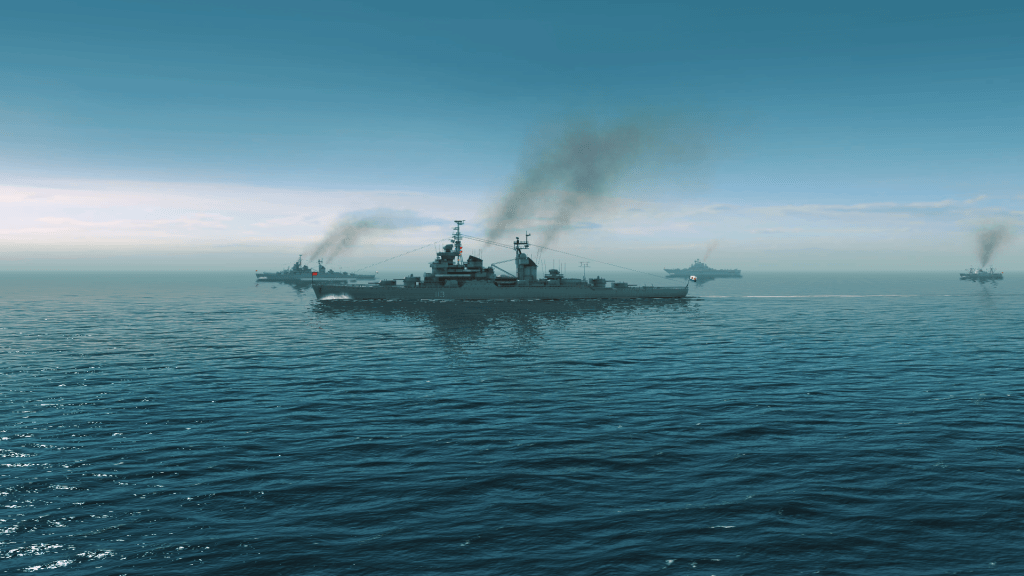
With the task force’s capital ships either sunk or damaged beyond repair, destroying the amphibious force’s landing ships was now an easy task. With no missile-armed escorts to protect the Ropuchas and Alligators, Rickover used a mix of Harpoons and Mk.48 torpedoes to destroy the Russian landing ships and their cargo of tanks, BMP infantry fighting vehicles, and a regiment of infantry.
Last to go were the two Boris Chilikin-class fleet oilers, the Sverdlov-class Mikhail Kutuzov, and the damaged, burning Baku.

The only enemy participant that did any damage to Rickover was the IL-38 May ASW patrol aircraft orbiting overhead. It dropped a stick of depth bombs close to the American sub, which suffered some damage to the hull but was otherwise unharmed. The May, the Soviets’ counterpart to the U.S. Navy’s Lockheed P-3C Orion, dropped sonobuoys and an aerial torpedo in an effort to spook the evasive American boat, but to no avail. When its weapons stores were exhausted, all that the May could do was to radio Soviet naval headquarters to report on the disaster which had befallen the task force and search for possible survivors from the sunken warships and transports.
As for the Hyman G. Rickover, she made her way back to her wartime base in Faslane, Scotland to replenish her weapons and conduct badly-needed repairs to the hull damage caused by the May’s depth bomb attack. The Navy – using satellite imagery, SIGINT intercepts, and the sub’s own data recording systems – confirmed the captain’s after-action report and announced the destruction of a Soviet task force off the Atlantic coast of France by “Allied naval assets, which cannot be publicly named at this time,” per the official press release issued by the Pentagon on 1 January, 1985.
But Seriously…..
All kidding aside, folks, Cold Waters is perhaps one of the coolest submarine-themed computer games ever made. I can’t say it enough, but Australia’s Killerfish Games did a great job with this 2017 simulation, which its makers openly admit is a tip of the hat to MicroProse’s 1988 classic Red Storm Rising game. Of all the games I have bought on Steam so far, this is definitely, hands down, my favorite.
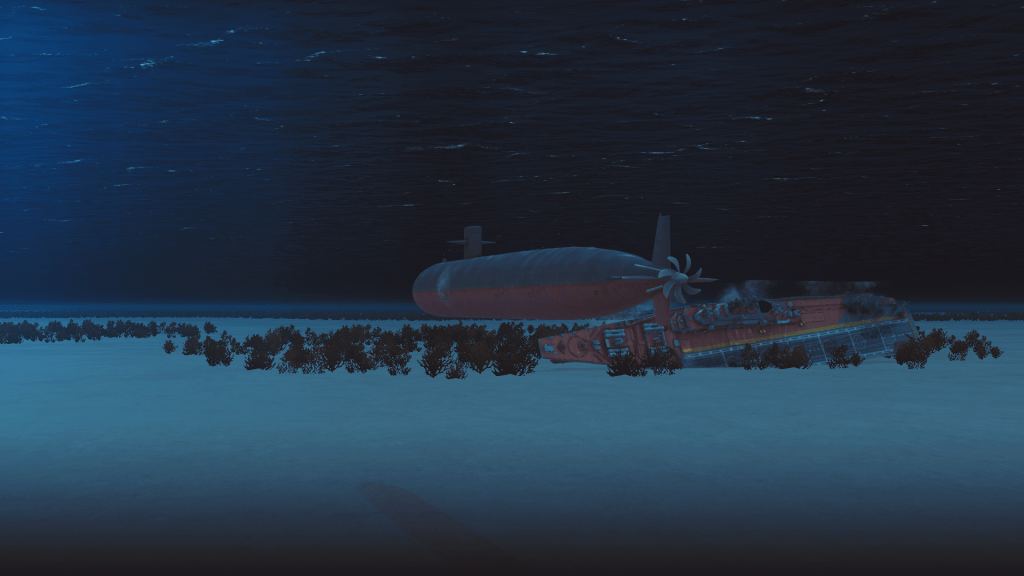
All of the graphics in this post are (C) 2017 Killerfish Games, and are actual screengrabs from a game session I played today.
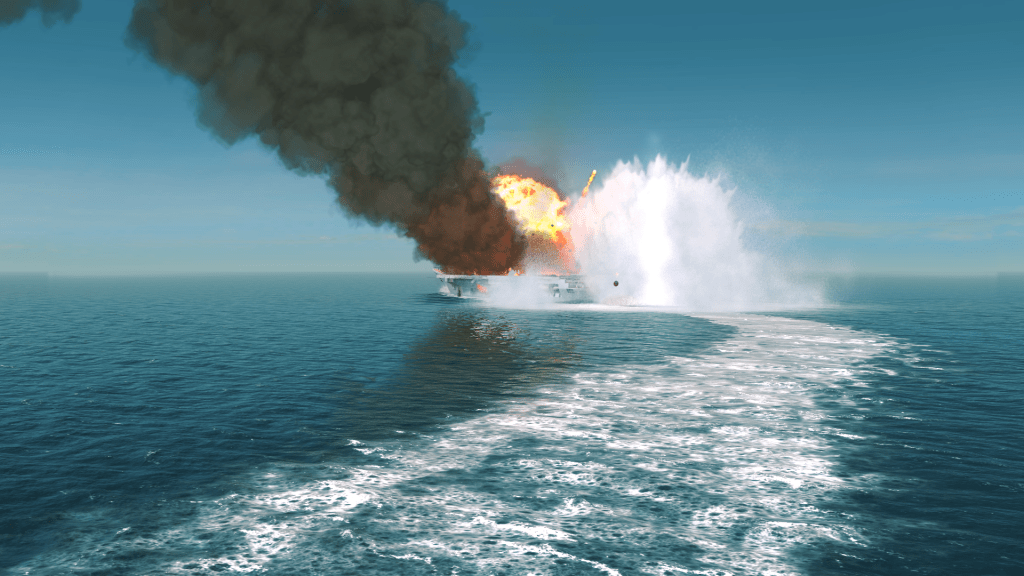
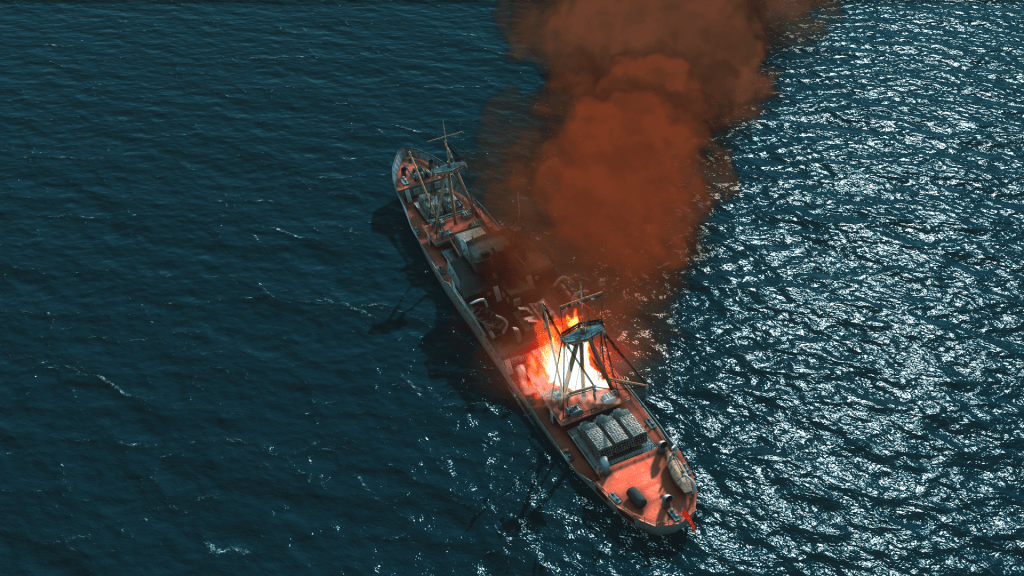
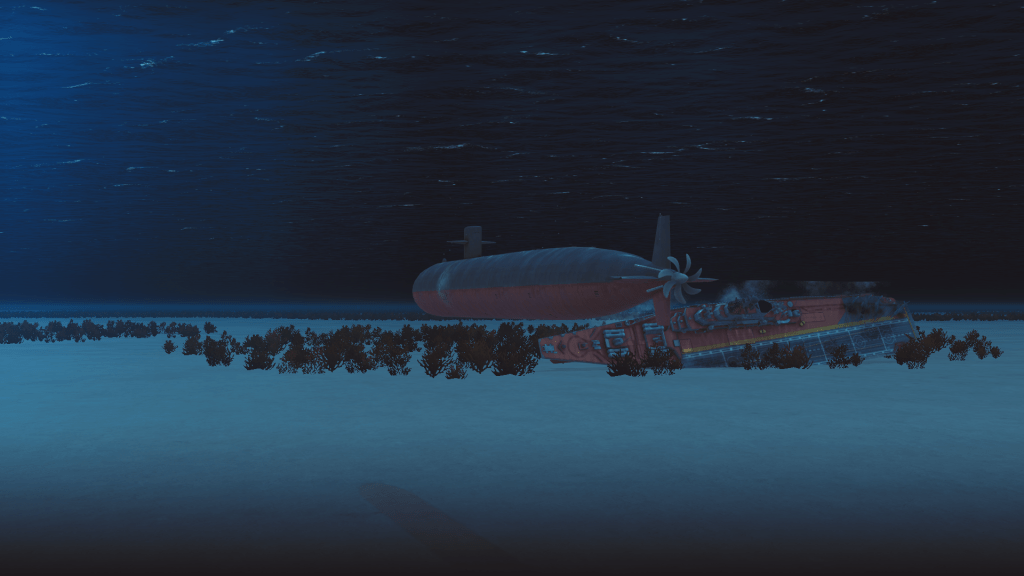
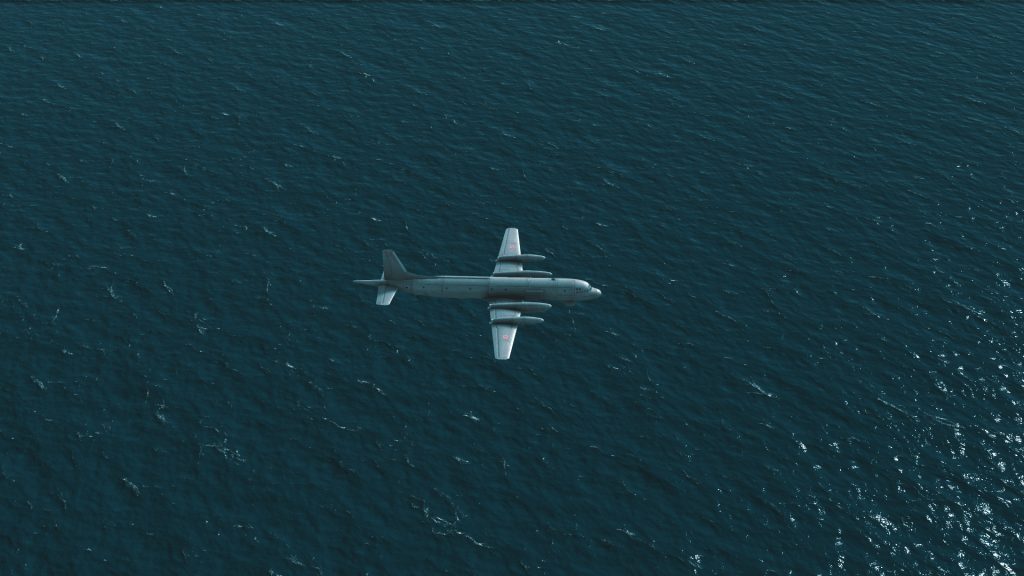

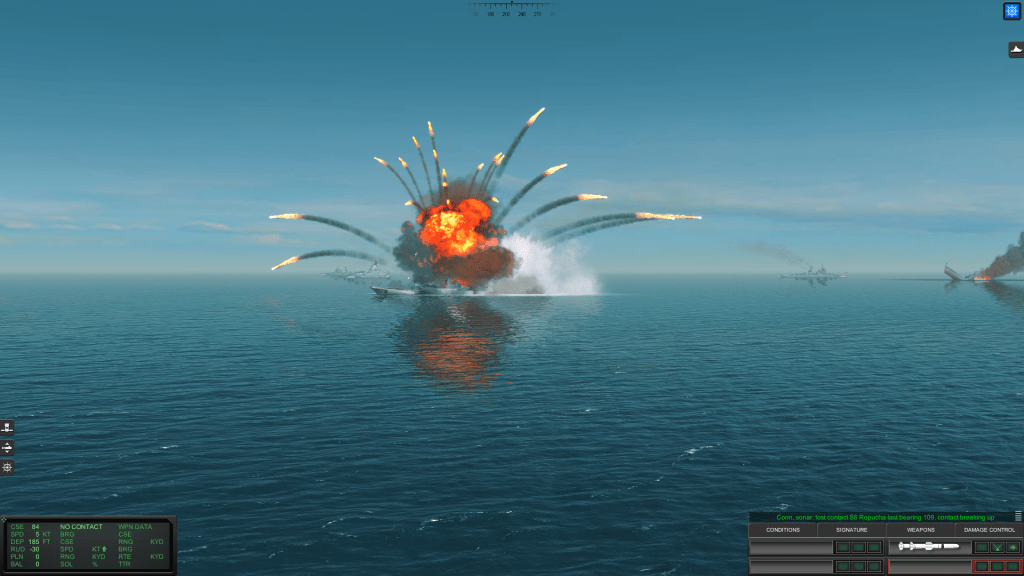
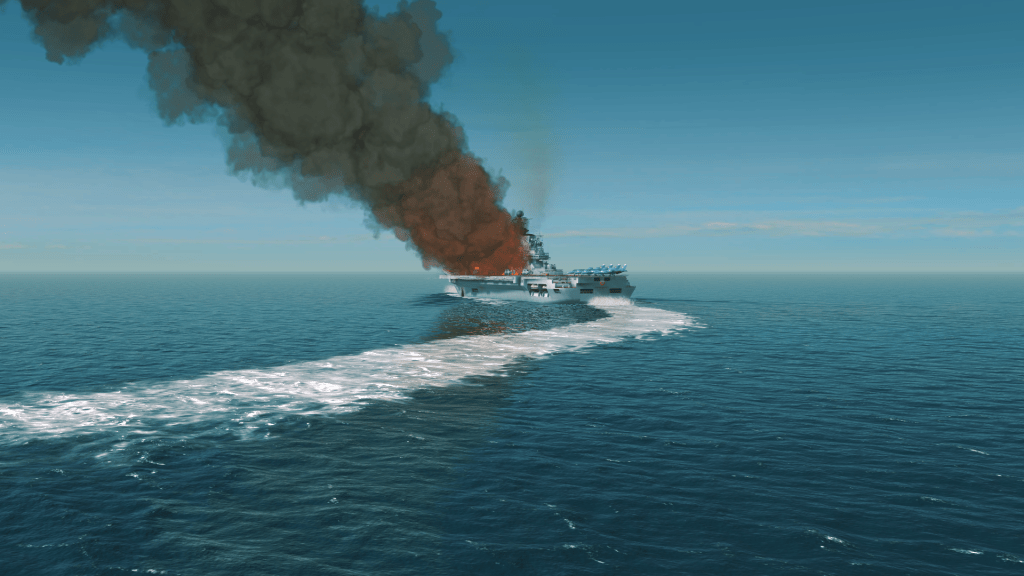




Comments
7 responses to “Old Gamers Never Die: Ivan’s Got That Sinkin’ Feeling in ‘Cold Waters’”
I smell easy mode here.
LikeLiked by 1 person
No, I actually played the same scenario twice. Once I won; the second time the Kiev nailed me with a torpedo. I forgot she has a decent ASW suite. And the Soviets shot down all eight of my Harpoons with their CIWS guns.
Shallow water missions are hard!
LikeLike
Interesting game: I thought I was reading a film review for a minute there, with an interesting ‘excercise gone deadly’ scenario.
LikeLiked by 1 person
I’m not really good at writing game recaps, but I figured I’d give it a try anyway.
Thanks for the compliment!
LikeLiked by 1 person
Looked good to me.
LikeLiked by 1 person
If I had taken the time to take detailed notes, I might have been able to reconstruct the events more accurately. I did that a few times in the late 1980s when I played a game called “Crusade in Europe”; I’d mark the progress of my units on a map and create a detailed “after action report.” I could do that because the game had a pause function, plus a flashback mode that let you see what happened in previous turns. “Cold Waters” doesn’t have those functions, so…..
LikeLiked by 1 person
Not to worry: it was a good review!
Shira
LikeLiked by 1 person